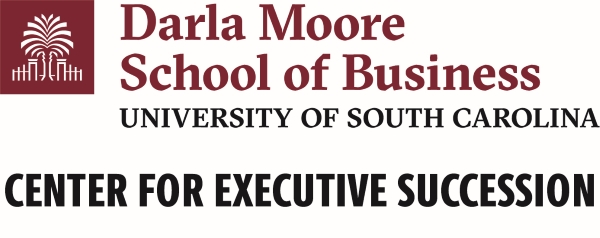Document Type
Report
Abstract
The 2017 HR@Moore Survey of Chief HR Officers asked respondents to provide information on the relationships among those in the C-suite and the board. The results revealed that half of the respondents reported that their CEO also served as the Chairman of the Board (indicating there is a separate Lead Director), while the other half had an Non-Executive Independent Chairman of the Board (Non-executive Chair). Non-executive Chairs tended to exert greater monitoring of the CEO and provide more advice relative to Lead Directors. There did not seem to be any differences in the effectiveness of the relationship or the level of collaboration between the CEO and the Non-executive Chair or the Lead Director. However, higher levels of trust existed between the CEO and the Lead Director than between the CEO and the Non-executive Chair. When asked about the kinds of tensions that existed between the CEO and either the Non-executive Chair or Lead Director, the most frequent answer was that there were none, but some noted that Nonexecutive Chairs were more likely to disagree with the CEO over CEO pay and Lead Directors were more likely to have conflicts with the CEO over strategic direction. Finally, CHROs reported that the board weighs accounting profits, strategic decision-making, revenues, shareholder returns, and strategy implementation most heavily when evaluating the CEO. CHROs reported that Executive Leadership Teams (ELT) ranged from 4 to 20 individuals (although 77% ranged between 7 and 12) with the most popular (modal) number being nine. Chief Operating Officers/Presidents and CFOs were on 100% of the teams, CHROs on 98%, and Chief Legal Officers on 94%. Chief Marketing Officers (69%) and Chief Information Officers (54%) were less likely to be part of the ELT. Finally, 61% of firms had at least one business unit leader on the ELT, with the number of business unit leaders ranging from one to ten and a modal number (18%) of four. In terms of dynamics among the ELT, CEOs were most likely to rely on the CHRO as a confidant, followed by the CFO and the President/COO. Almost half (49%) of the ELTs meet monthly, with 37% meeting every other week. CHROs reported that the most popular areas where ELTs could work better together were around strategic focus, operating as a team, collaboration, alignment and management of issues, and open communication. The most popular way that CEOs seek to improve ELT effectiveness is by building team culture and fostering open communications. CEOs formally appraise ELT members annually (49%) or semi-annually (29%) and these performance management processes are most effective for guiding incentive payout decision and identifying underperforming executives. Finally, when asked about the differences between the ELT performance management process and that of the rest of the organization, 29% of CHROs reported they were the same, whereas others identified differences in terms of providing more ongoing feedback (20%), being more informal (18%) and having a stronger focus on metrics and outcomes (18%).
Publication Date
2017
Disciplines
Business
Copyright
© 2017, University of South Carolina
Publication Info
2017.


